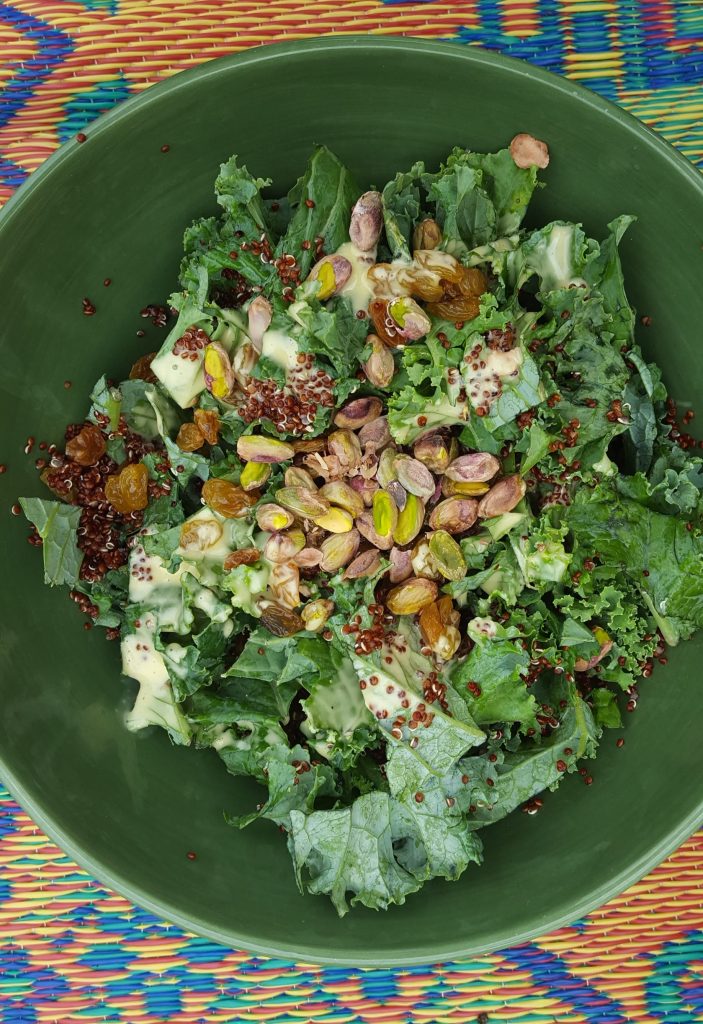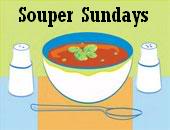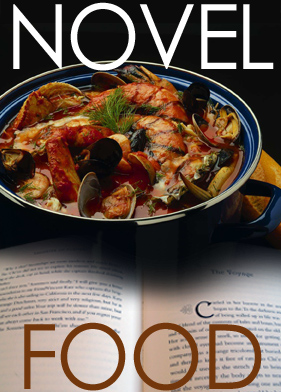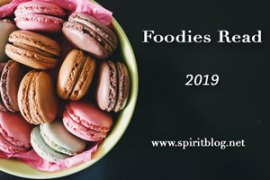For the August/September Cook the Books selection, Deb of Kahakia Kitchen chose The Food Explorer by Daniel Stone. 
This non-fiction book chronicles the life of David Fairchild (1869-1954). Ever heard of him? Me neither. Fairchild, according to Stone, introduced the U.S. to countless new plant species. Along with Fairchild’s tale, Stone also discusses the emergence of the Department of Agriculture and other globe-trekking botanists who helped change the life of American farmers and eaters.
For some reason, I was expecting a rollicking tale of bombastic adventure. Instead, this is a thorough history of plant introductions to the U.S.
As a young man, Fairchild is depicted as a Midwestern male ingenue. As he matures, he is taken under the wing of some influential (and rich) men. Most notably is Barbour Lathrop who funds and accompanies Fairchild on his early travels. Later, Alexander Graham Bell with his National Geographic Society will emerge as a mentor (and later his father-in-law).
I was struck by the non-diversity of American agriculture during the late 19th Century. If it weren’t for Farichild’s Office of Plant and Seed Introduction, the U.S., and the western world in many cases, would not know the taste of mangoes, pistachios, many citruses, quinoa, zucchini, chayote, avocados, broccoli, seedless grapes, sesame seeds, chickpeas, kale…(this list would go to infinity and beyond).
Fairchild is also the man who introduced the Japanese cherry tree and created and spearheaded the idea to transform our Nation’s capitol into a flowering spectacle every spring.
I was struck on the lad from Kansas who was brought up on 19th Century bland Midwestern food. In his twenties, he was introduced to the food of Italy, Java, and South America. We owe more than a lot to Fairchild. Without him we would have no quinoa or kale. I had to smile when he discovered kale in Italy. It was called “capuzzo” and according to the explorer, it “was neither charismatic nor particularity delicious” (170).
In the later chapters when Fairchild became more of a bureaucrat and turned the exploring over to Frank Meyer, I was more than intrigued. I would love to read a biography of this man who walked Asia on a solitary journey. He is probably most famous for the lemon that bears his name.

Frank Nicholas Meyer (from wikipedia)
Because of the kale, quinoa, pistachios and raisins that Fairchild “discovered” along with wanting to give a nod to Meyer, I decided to make a salad combining all these flavors.

Kale-Quinoa Salad with Pistachios and Raisins and Meyer Lemon Vinaigrette
This homage to both Fairchild and Meyer includes some of their more fantastic introductions.
Ingredients
- 1/2 c. red quinoa
- 8-10 oz. baby kale (or chopped kale)
- 1/4 c. golden raisins
- 1/2 c. olive oil
- 1/4 c. Meyer lemon juice (I used frozen juice that I had on hand.)
- 2 cl. garlic, minced
- 1 T. Maille Dijon mustard
- 1/2 T. honey
- 1 T. mayonnaise
- 1 T. seasoned rice vinegar
- salt and pepper to taste
- 1/4 c. pistachios
Instructions
- Cook quinoa according to package directions. Let cool.
- In a large bowl toss together the kale and raisins. When quinoa is cooled, toss it in as well.
- Make vinaigrette: Place lemon juice, garlic, mustard, mayonnaise, vinegar, salt, and a good amount of freshly ground black pepper in a blender and blend until smooth. With the motor running, slowly add the oil and honey and blend until emulsified. Taste and season with more salt and pepper if necessary.
- Pour dressing over salad and toss to coat. Top with pistachios and serve.
Note: You will have enough dressing left for another salad or two.
Yield: 4
This salad turned out quite tasty if I do say so myself. The pistachios paired well with the nutty quinoa and the raisins gave it the right amount of sweet. I have to say that this kale salad was both charismatic and delicious!

Sometimes non-fiction drags on and on for me, but I did enjoy The Food Explorer: The True adventures of the Globe Trotting Botanist Who Transformed What America Eats. Stone’s tone at times sas a little dry and I have to argue a bit with his subtitle. I think Fairchild and his band of explorers transformed agriculture in the U.S. more than our eating habits (but, of course, can we have one innovation without the other following?). This book would make a good companion read with the April/May 2012 CTB selection, David Kamp’s The United States of Arugula.
The colored plates in the book, drawings of the new discoveries, are beautiful and I almost want to tear them out of the book and frame them.
In the epilogue, Stone writes of how much he wanted to try a mangosteen, one of Fairchild’s favorite. (I have to admit I also wanted to seek one out after reading this tale.) When he finally finds one, he is eager to eat it. He soon realizes why it was not one of the Food Explorer’s success stories.
I am also wondering if I have Fairchild or Meyer to thank for the Malibar spinach that is growing wild in my flower bed (having been brought in by birds I am sure). 🙂
Please join CTB for the October/November round when Claudia from Honey from Rock is hosting The Temporary Bride – A Memoir of Love and Food in Iran by Jennifer Klinec. Look for her announcement post soon at Cook the Books.
I am also linking up with fellow CTB co-host Deb and her Souper Sundays. 
I’m also participating in Simona’s (another CTB cohost) Novel Food. 
Finally, I’m linking up with Foodies Read. 
We are true Meyer Lemon fans and I’ve got lots of recipes here.

I am so glad you liked the book. I am still reading it but enjoying it too. Your salad looks delicious–some of my favorite ingredients and flavors. Thanks for sharing it with Souper Sundays this week. 😉
A nutrients dense and delicious salad! I am going to get some kale to make the salad today too. Have a wonderful week ahead, Deb!
Great review Debra! And a perfect dish for this book. I’m still having trouble thinking of what to make as there weren’t really any recipe type mentions, just individual foods. I need to get creative 🙂
So funny that you and I were both captivated by the kale and quinoa passages! Your salad looks great. My kale chips weren’t such a hit.
That looks great. I love a good kale salad.
Nope, never heard of him either. Really glad he did what he did, though — we’re all eating much, MUCH better because of it. Neat recipe, and perfect dish to honor Fairchild. 🙂
Quinoa’s introduction in the US is often credited to Felipe Rojas-Lombardi in the 1980s or 1990s, so it’s very interesting that this takes it back another century! Really intriguing book.
best… mae at maefood.blogspot.com
Yes, I was expecting the book to be a little bit more fun. It was interesting but read like a textbook to me. Your salad features some of Fairchild’s best finds.